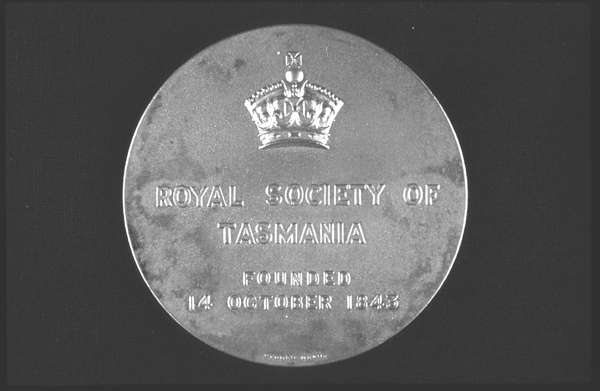 |
 |
|
Royal Society of Tasmania
The Royal Society of Tasmania was the first Royal Society established outside the United Kingdom. It was set up by Sir John Eardley-Wilmot in 1843 to administer the Colonial Gardens in Hobart, and a body of enthusiastic amateurs soon established a museum and a library. The Royal title was conferred in 1844. The Society contacted numerous international bodies and countless individuals, both at home and abroad, arranging for the exchange of items and soliciting donations. Its activities were broader in scope than any other colonial scientific body in the mid- and late-nineteenth century because of its museum and gardens and because it published a regular journal, in which overseas contributions appeared as well as articles by local authors, informing people about Tasmania's natural history and scientific endeavours. The journal was the basis for publication exchanges that enhanced its library. The Society's broad scope meant that it also involved local people: as visitors, or donors, if not as speakers at the regular monthly meetings, which were both practical as well as scientific. Members' interests included: meteorology, industrial development, tourism, immigration, public health, agriculture, mapping, land surveying, fisheries and scenery and wildlife preservation as well as science. By 1886, the Society had handed over the gardens and the museum to the government but it retains strong links with the Royal Tasmanian Botanical Gardens and the Tasmanian Museum and Art Gallery, where it still holds its meetings in its designated meeting room. The Society continues to promote the advancement of knowledge through scholarships, public lectures on diverse topics, its notable scientific journal and its library, housed at the University of Tasmania. Further reading: G Winter, ' The foundation years of the Royal Society of Tasmania, 1843 – 86', PPRST 127, 1993. Gillian Winter |
Copyright 2006, Centre for Tasmanian Historical Studies |
